Making art can be therapeutic, and a crucial tool for reflection and developing self-awareness. Textile artist Stewart Kelly’s exploration of the creative journey first began with an interest in art therapy, leading to the development of a series of sculptural embroidered works of the hand, head and body. Using indigo blue tones, repetitive outlines, text and stitch, his Body Mapping series of contemplating creativity was produced over a period of several years.
In this project Stewart marked time and chronicled emotional changes through the physical and reflective act of stitch. His work aims to convey the concept of transformation in life and the importance of reflection, while deliberately being open to interpretation by the viewer.
Stewart, an internationally recognised artist based in Manchester, UK, holds a BA (Hons) degree in Fashion & Textiles Design from Liverpool John Moores University, specialising in textile art and design. During his studies, he exhibited and sold fabric designs with Indigo Salon at Premiere Vision in Paris. Clients included Donna Karan, Ralph Lauren, Lauren Vidal, Sahco Hesslein and the Ralph Lauren Home Collection. Following his degree, Stewart studied for an MA in Textiles at Manchester Metropolitan University, specialising in fine art textiles.
Stewart’s work has featured in several international publications including Embroidery magazine, Fiber Art Now, Textile Fibre Forum, Textile View and TextileArtist.org. He is a member of the European Textile Network and the Surface Design Association. Over the last twenty years, he has shown his work in over a hundred exhibitions in the United Kingdom, Europe, USA, Canada and China.
In this interview Stewart shares with us his personal project, Body Mapping, giving us an insight into his exploration of creativity and how it is part of his identity. This series of works helped him better understand the connection between himself and his desire to make art. Discover how the series came about and find out more about the physical demands, benefits and outcomes of working on a slow, reflective project.
Name of piece: Me & My Shadow
Year of piece: 2018
Techniques and materials used: 180cm x 100cm, Techniques: Hand and machine embroidery on indigo-dyed cloth. Materials: cotton, silk, cotton thread
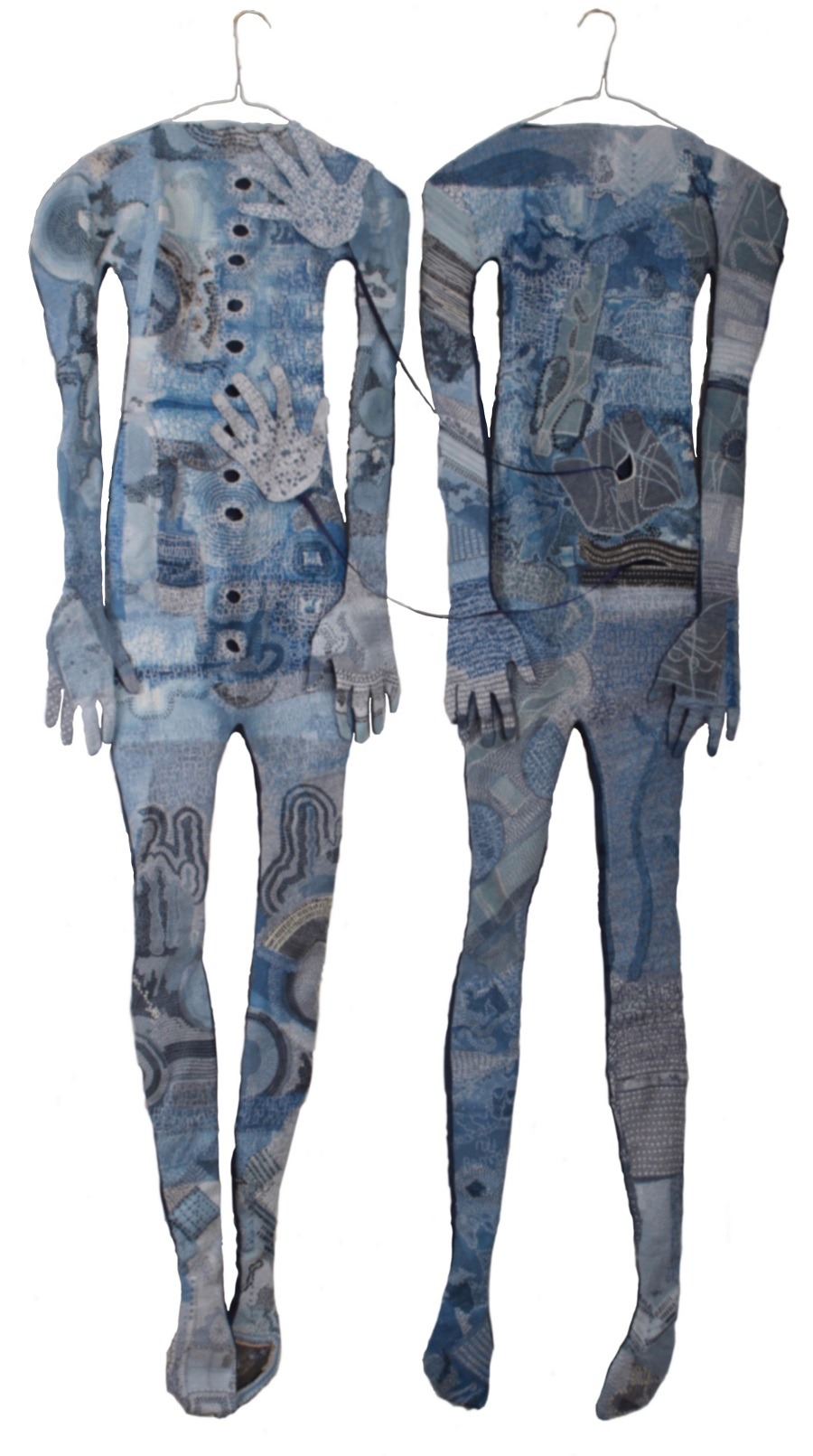
Body Mapping
TextileArtist.org: How did the idea for the piece come about? What was your inspiration?
Stewart Kelly: The Body Mapping project evolved over several years. It was originally established in 2015, during my Bodyworks solo exhibition and residency at Bankley Studios and Gallery in Manchester.
In 2018, I was invited to develop a series of works to be included in a book exploring the theme of art as medicine. The author had selected a group of artists to submit works which reflect upon how creativity can assist in recovery during a period of physical or mental ill health. This commission offered a renewed focus for the project, and resulted in three new sculptural textile pieces, called ’40 Hands’, ’40 Heads’ and ‘Me & My Shadow’.
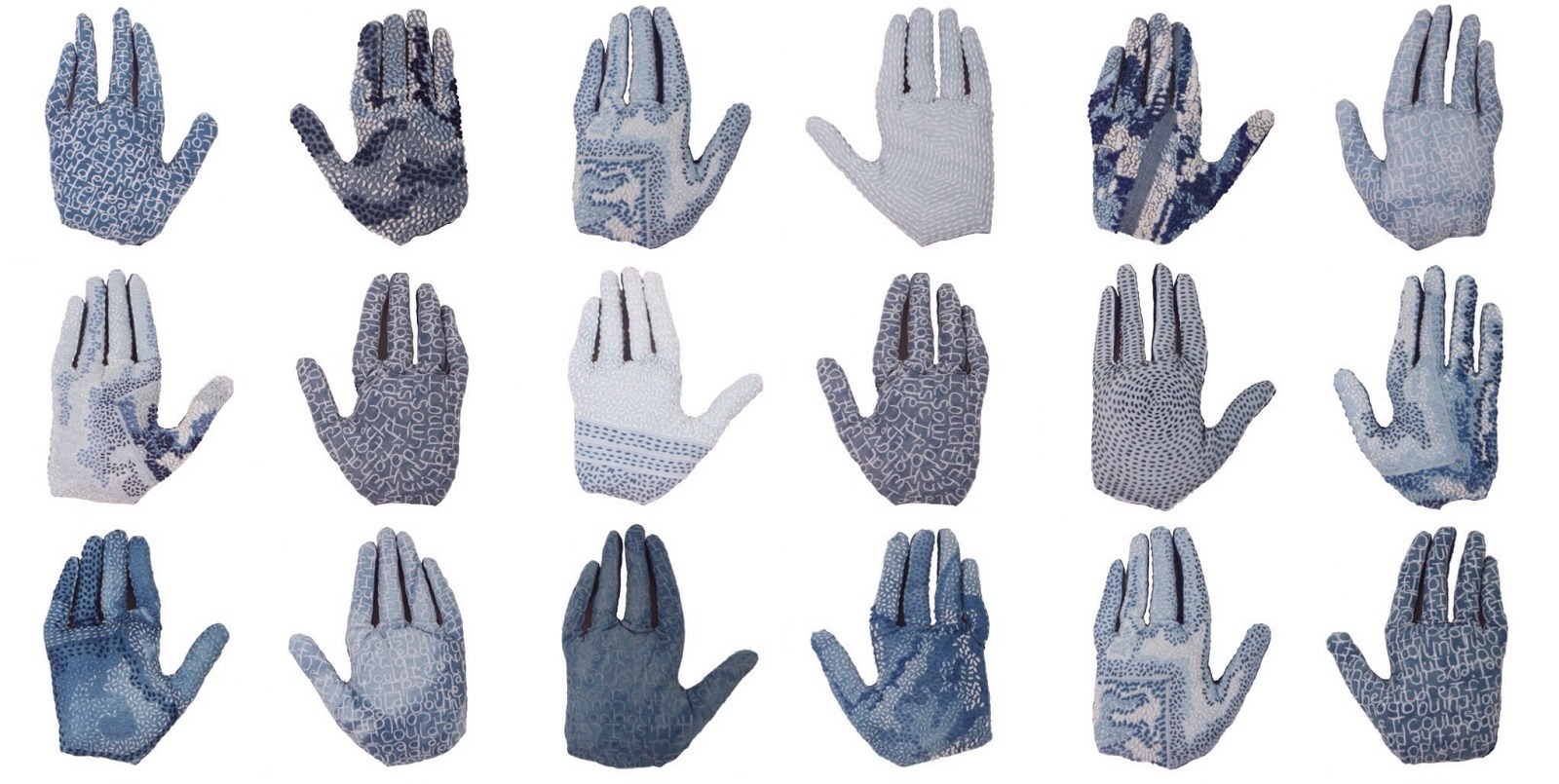
I wanted to produce a series of pieces which were created over a period of time. I created vessels, containers of ambiguous messages in words and stitches. They reflect a creative journey and the time invested in making them. Ultimately they are an embodiment of the artist. I often find it difficult to separate my life and my creative practice. Being an artist is beyond a profession; it is a lifestyle choice. My work often reflects different aspects of my life. On reflection, I am aware I have been very fortunate in many ways, but I have also made many sacrifices.
Completing this project has informed the future direction of my work and research. I hope to continue to gain a deeper understanding of the connection between myself and my creativity.
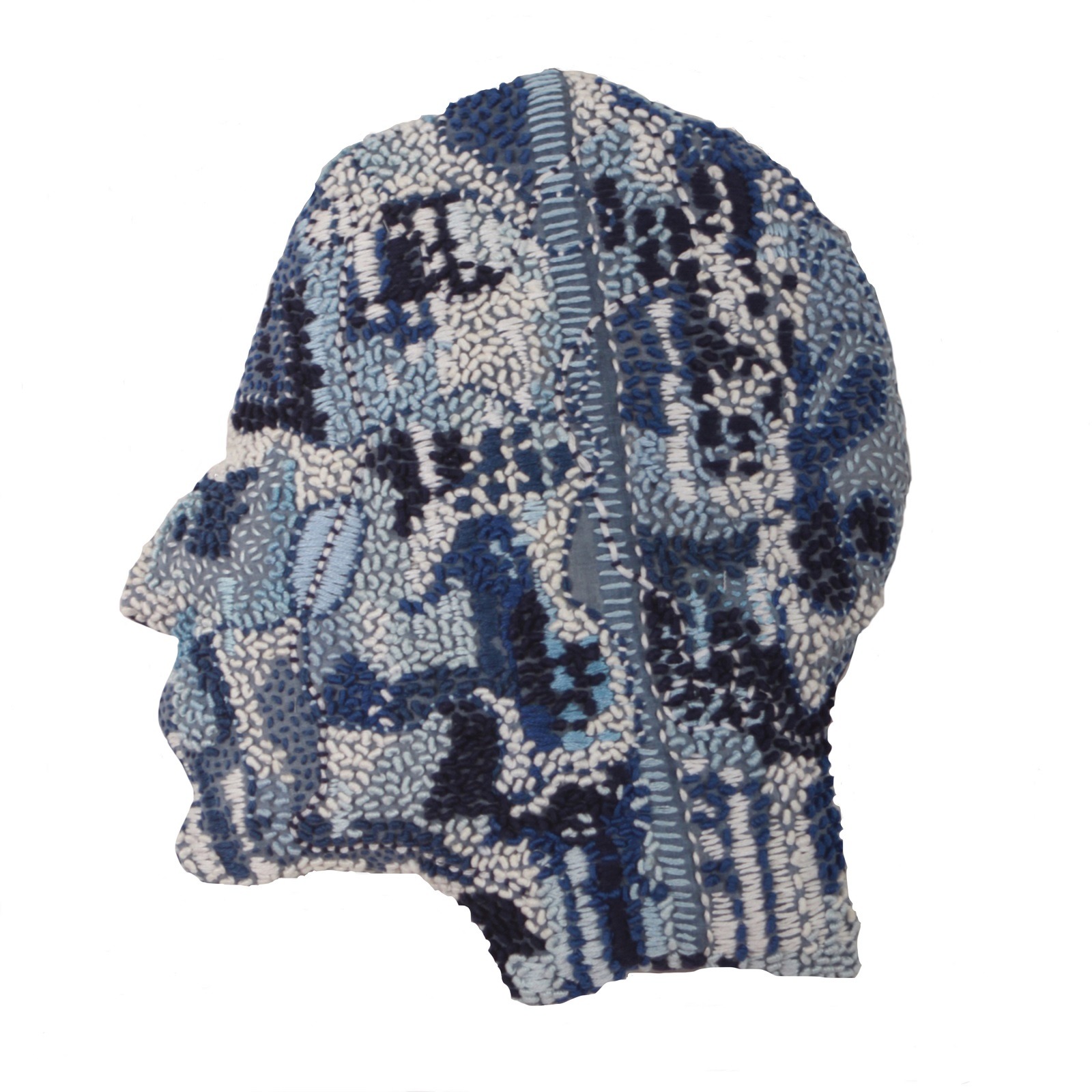
What research did you do before you started to make?
Several years before I began the Body Mapping project, I completed a Foundation Course in Art Therapy with the British Association of Art Therapists. Art therapy is a form of psychotherapy in which making images and objects plays a central role.
The essence of art therapy lies in the relationship between art and therapy; it involves both the process and the product of imaginative activity, alongside the provision of a safe environment for individuals to discover, explore and share the meaning of their images or objects.
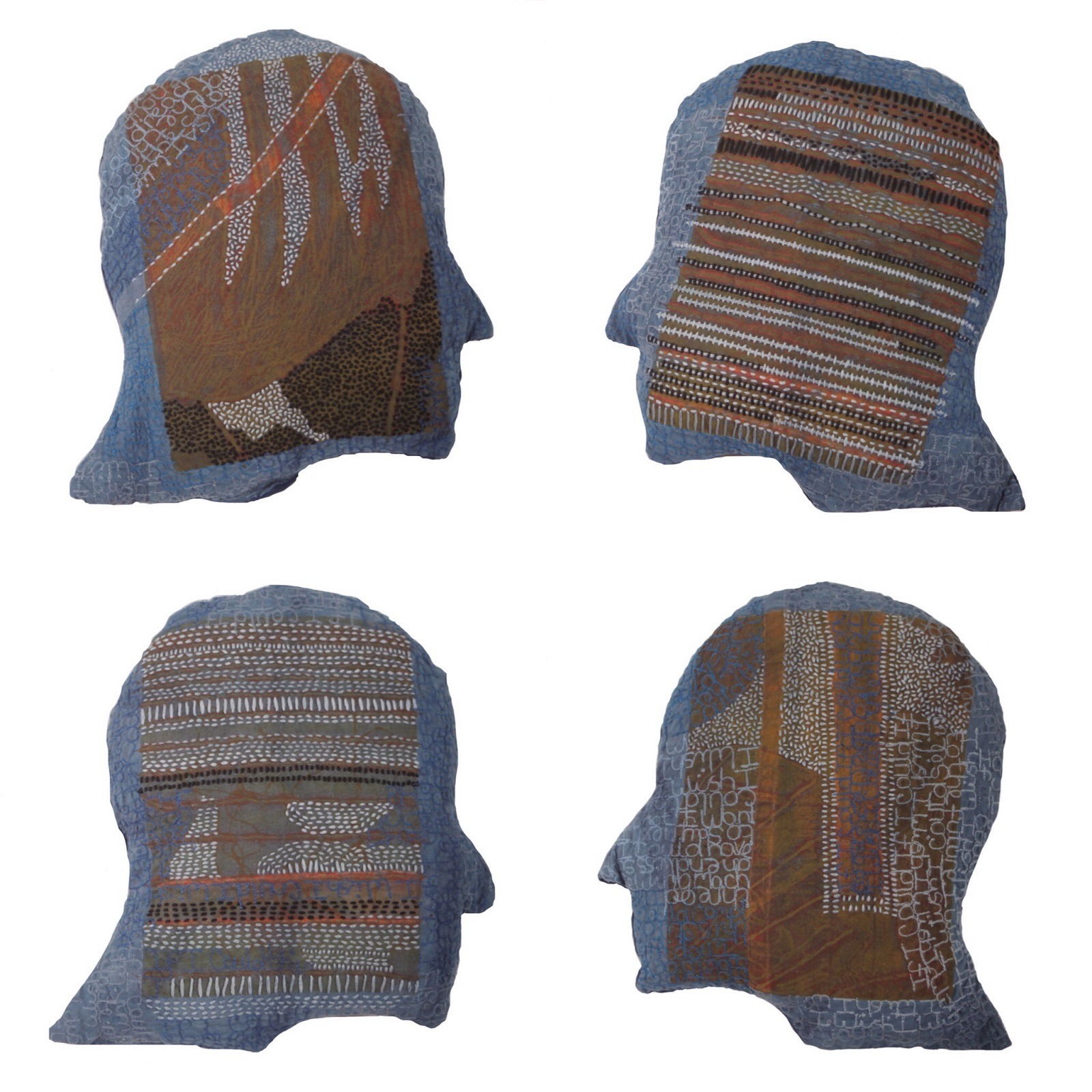
During the course I was able to experience and participate in several creative and reflective activities that art therapists utilise in their practice. The course was enlightening and I was interested in placing this experience in the context of my own practice, in the form of a specific project. This inspired a personal series of works incorporating text, stitch and dye, embodying the space between drawing, textiles and sculpture.
The pieces are based on the idea of transformational and life-changing art therapy. People tend to go through many changes and transformations in their lives. These changes can be diverse, and it is important to reflect upon our experiences and consider how they affect us. This might involve changes to our self-esteem or self-image, self-confidence or self-doubt, or our mental and emotional health.
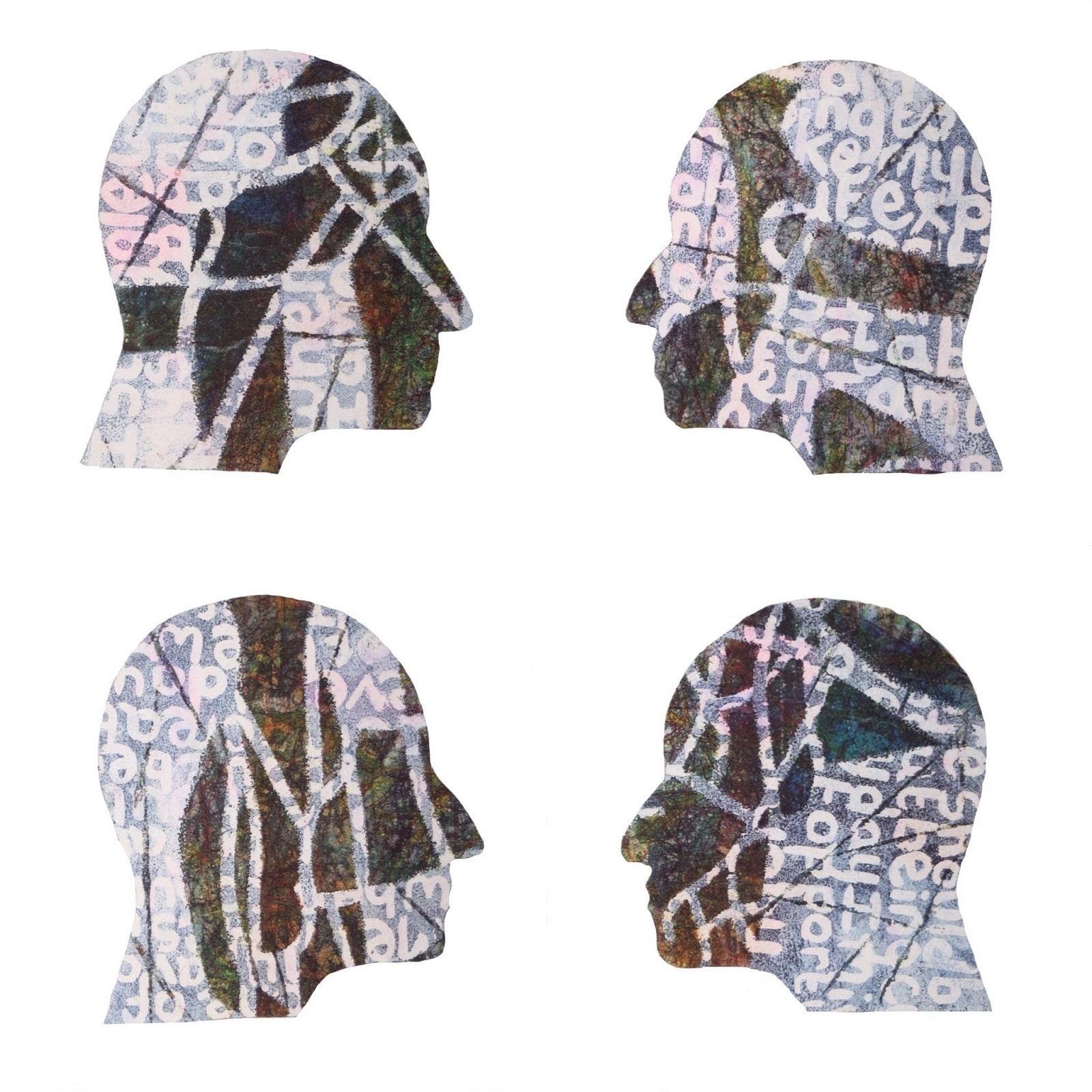
Repetitive and reflective
What materials were used in the creation of the piece? How was the work created and what was the result?
The pieces in the Body Mapping project were individually constructed from indigo dyed cotton and silk. These were embellished with hand and machine embroidery.
I wanted to create a series of pieces over a long period of time, as a way of documenting the range of my experienced emotions. The ’40 Hands’ series was physically demanding to create, an appropriate metaphor for the trials of any creative journey.
Stitching, by nature, is slow and reflective and it offers an opportunity to day dream. Completing the project was an opportunity to reflect on the past, both personally and professionally. Upon completion, I felt a sense of achievement. It signified the end of one chapter and the beginning of a new journey.
The work explores the effects of overlaying multiple text and images. The viewer is required to interpret the artwork, creating a dialogue between the physical and unconscious body. The many layers of materials and processes results in pieces with a deliberate ambiguity, giving rise to many different interpretations. The quality and range of stitches used encourages reflection upon the complexities and expressions found within the spectrum of human nature. The viewer is encouraged to consider where one process ends and another begins, and to make sense of the artwork based upon their own multi-layered experiences.
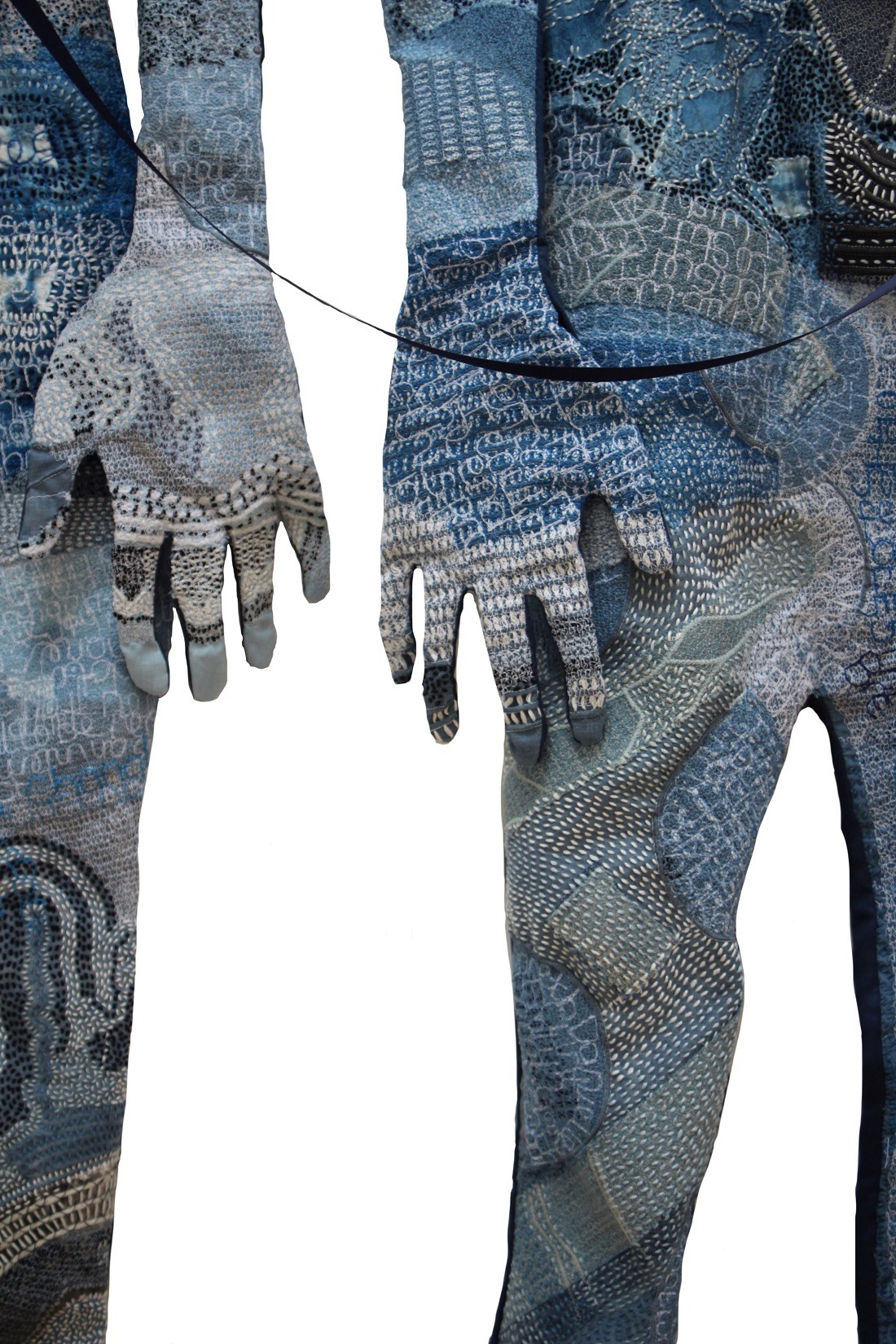
Stitch and sculpt
Take us through the creation and evolution of the series
The first piece I completed for the Body Mapping project was ’40 Hands’. This work consisted of forty textile sculptures based on the outline of my hands. First, I embellished indigo dyed cloth with hand embroidery and machine stitched text. Then I fashioned the embroidered cloth into three-dimensional forms.
Following this the ’40 Heads’ series began to evolve and I developeded forty textile sculptures based on the shape of my own head. The pieces were constructed in the same way as ’40 Hands’. However, because I was working on a slightly larger scale, I was able to incorporate more text and embroidery within the individual pieces.
‘Me & My Shadow’ was the final piece completed for the project. The work consists of two life size maps of the body. They hang next to one another as though they are engaged in a visual conversation. Due to their scale, it was necessary to construct this work by piecing smaller, separate pieces together before creating the body forms.
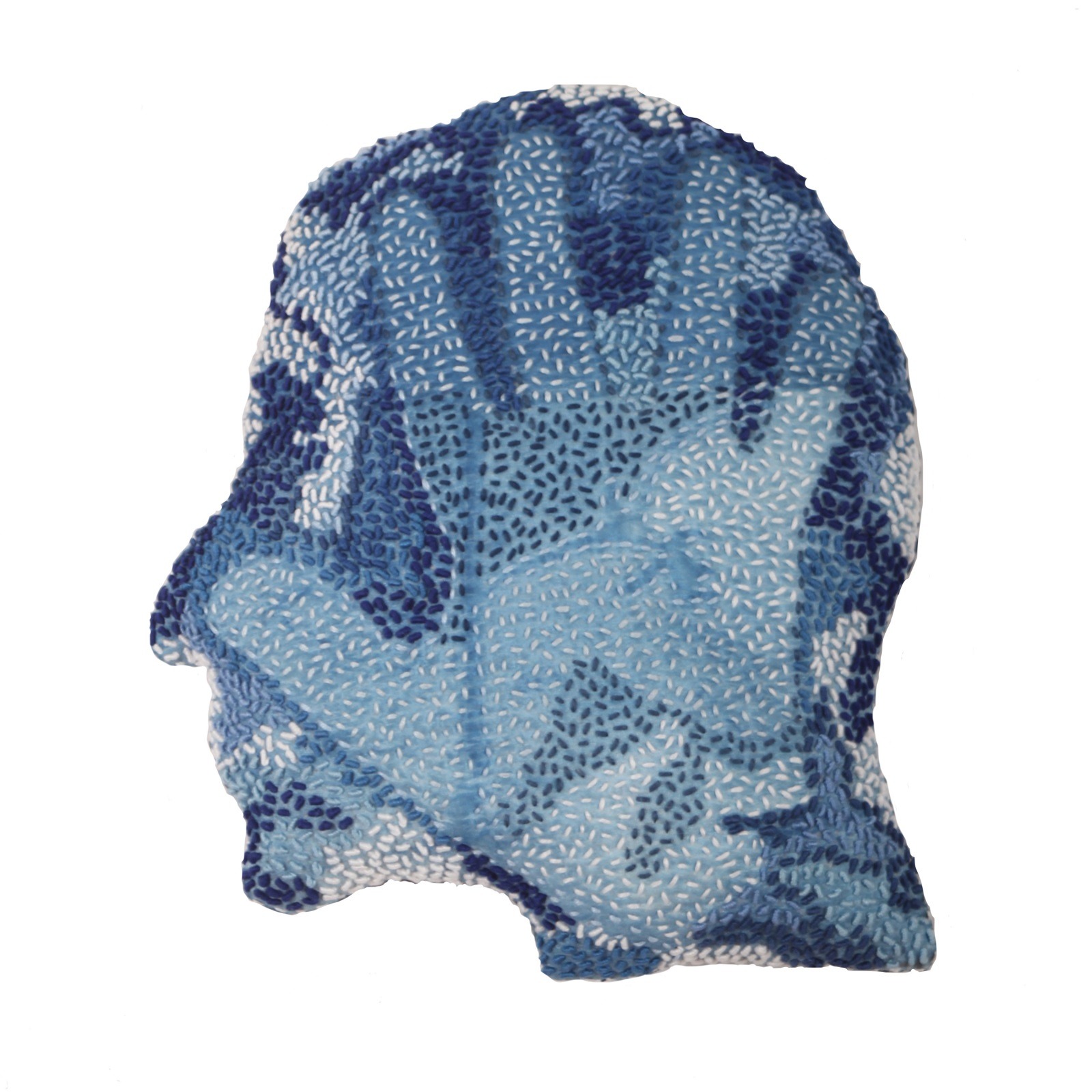
What journey has the piece been on since its creation?
The pieces from the Body Mapping project can be exhibited as single modules or collectively as an installation.
To date, I have exhibited several pieces from the ’40 Heads’ series in the 9th International Biennial of Contemporary Mini Textile Art in Ivano-Frankivs’k, Ukraine with Scythia Fibre Art and in ‘Small Works’ at Arcade Contemporary Art Projects, Webster University, St Louis, USA with the Surface Design Association.
‘Me & My Shadow’ is currently on display in the 13th International Biennial of Contemporary Textile Art with Scythia Fibre Art in Ivano Frankivs’k, Ukraine.
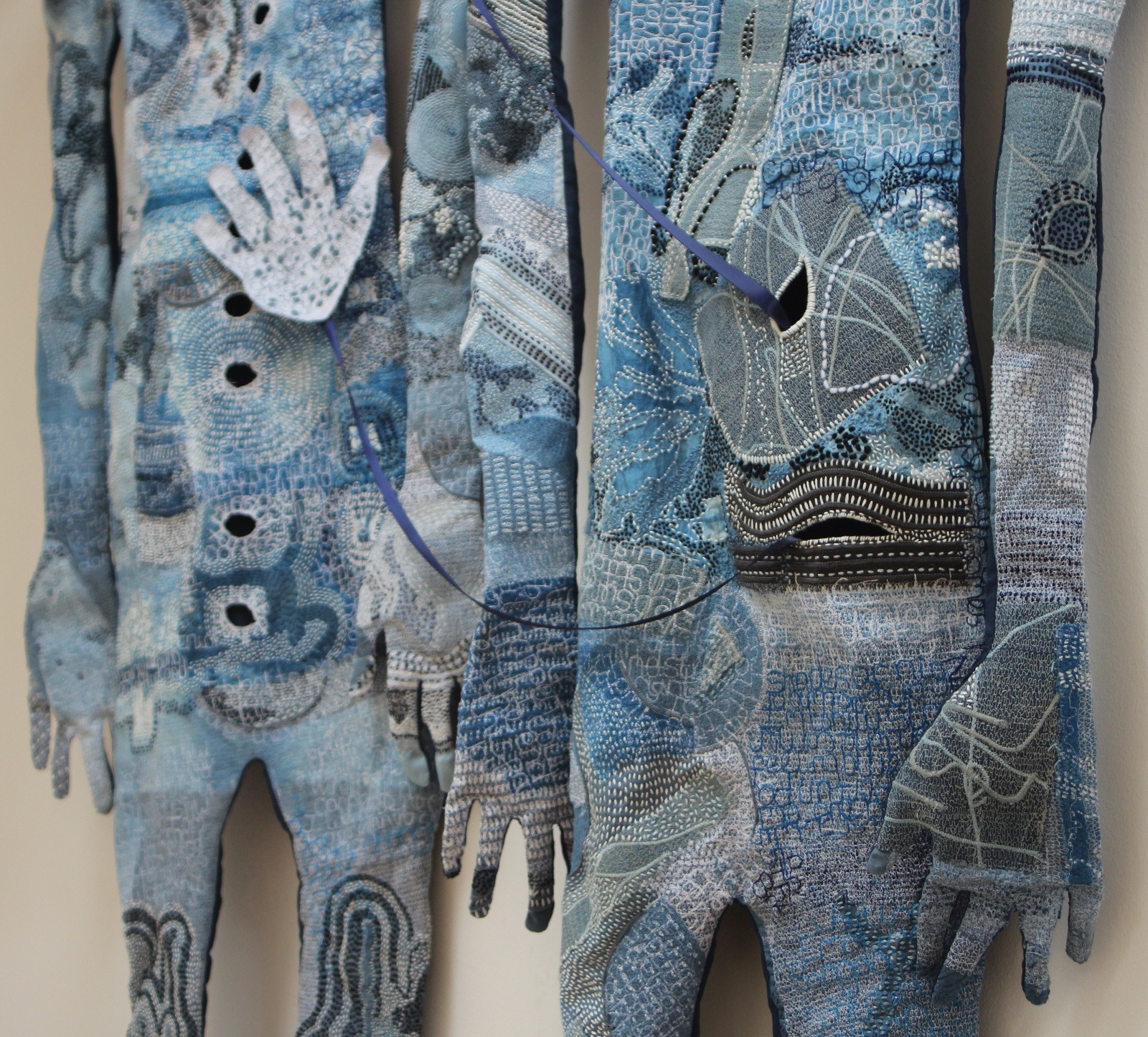
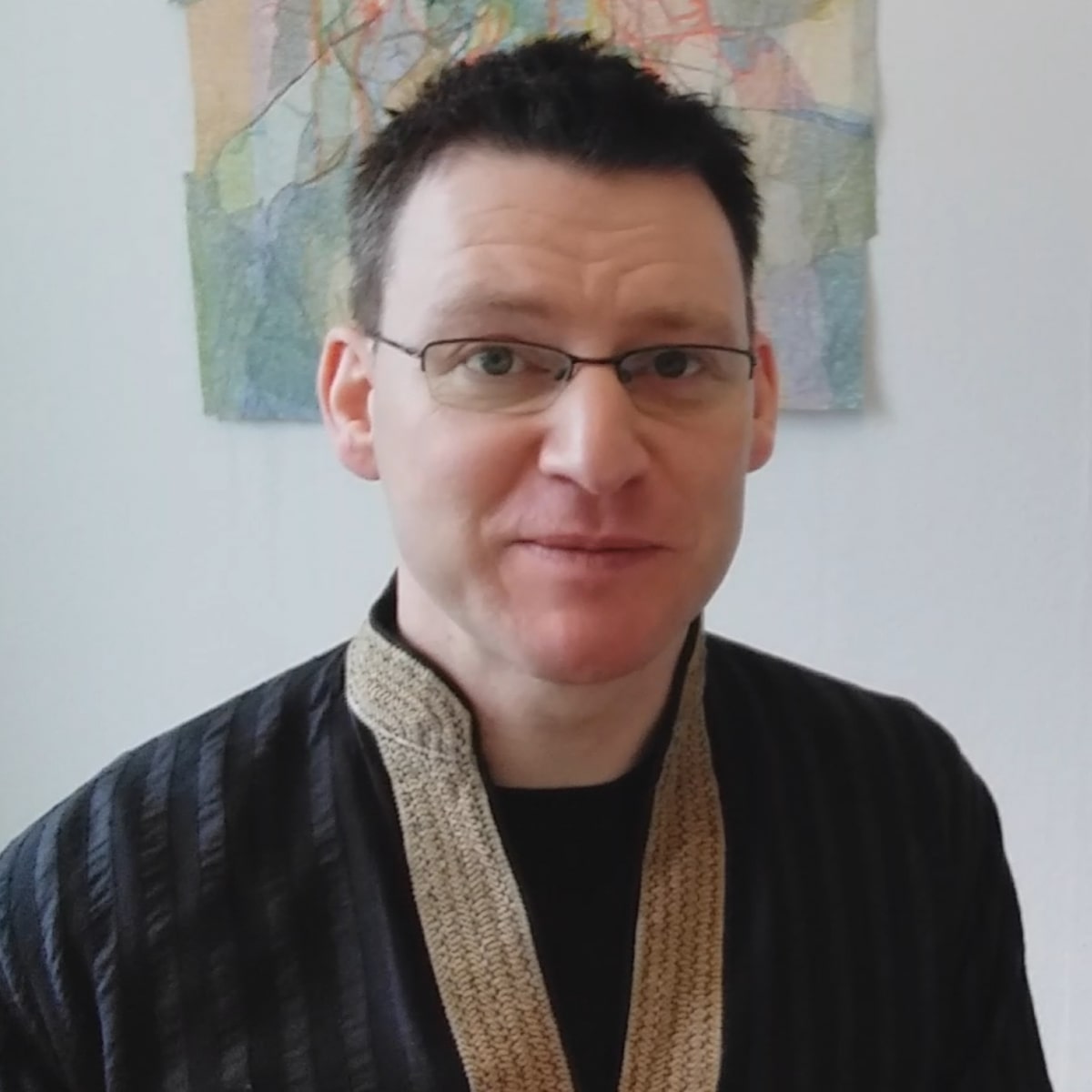
For more information visit stewartkellyartist.com and on Instagram.
Have you ever gained personal insight from a slow stitch project? Let us know by leaving a comment below.
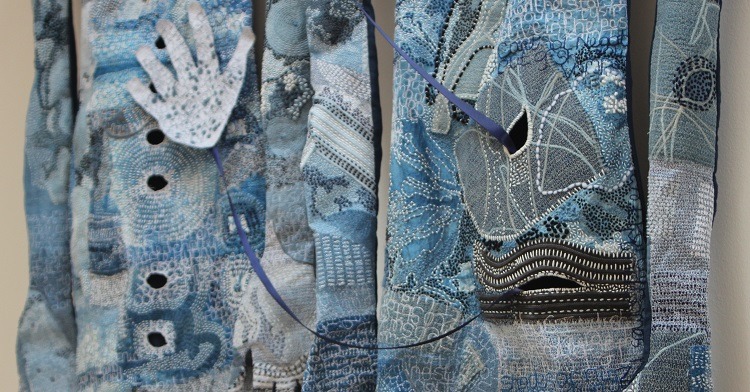
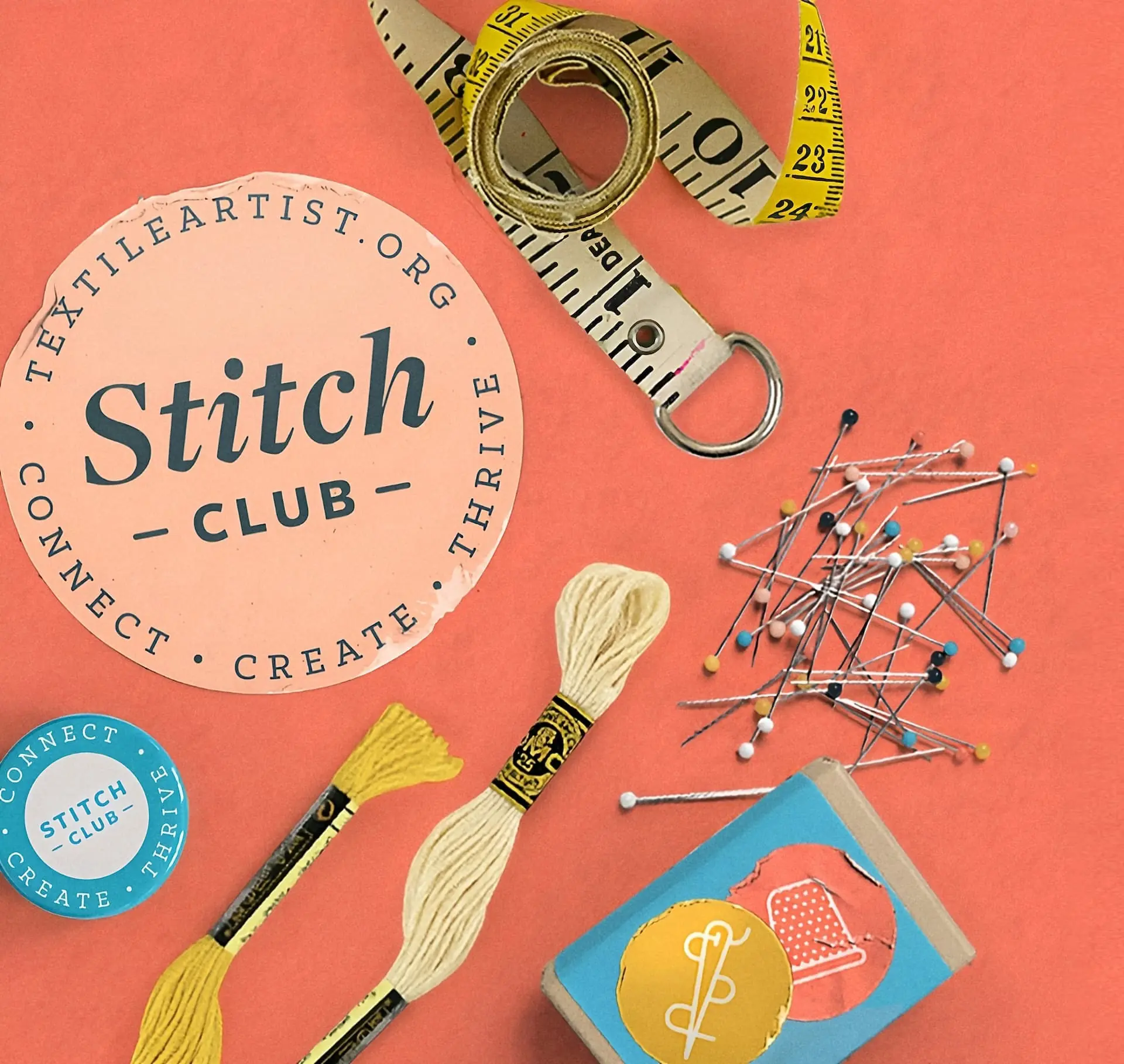
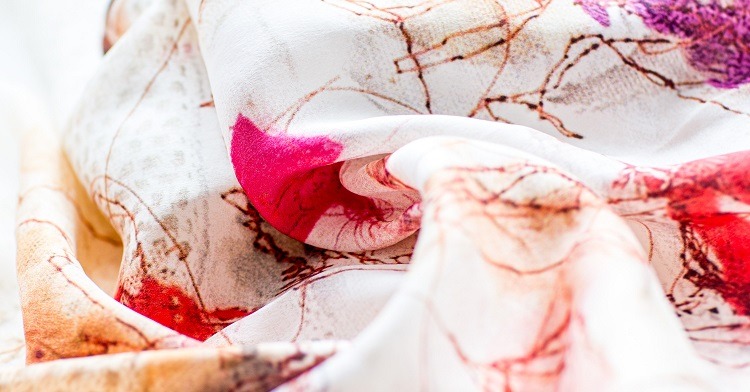
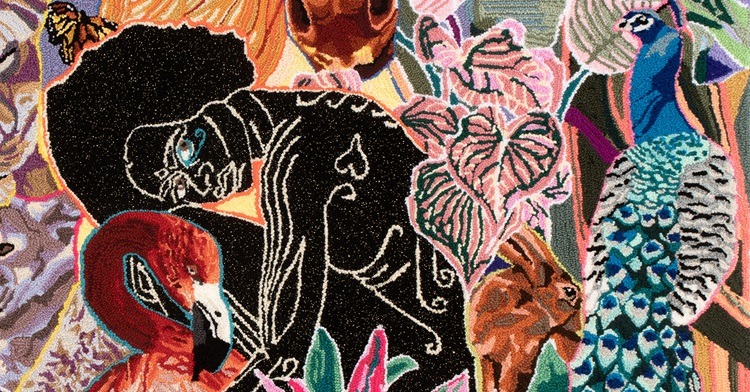
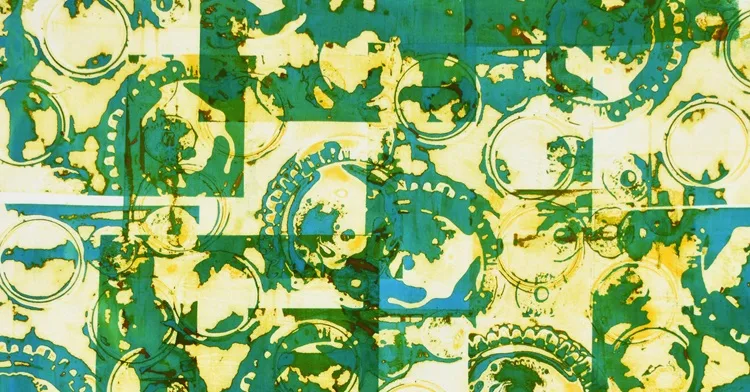
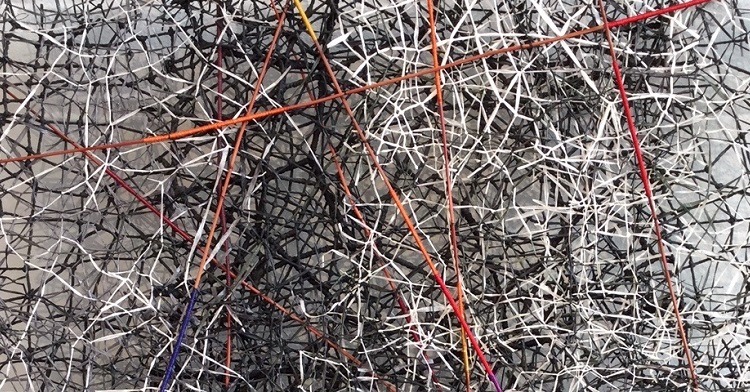
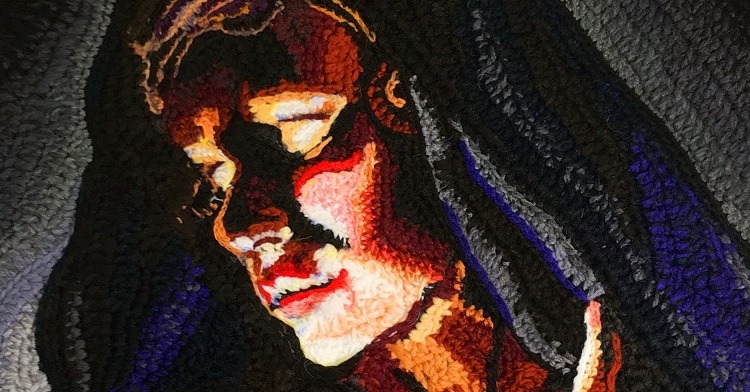
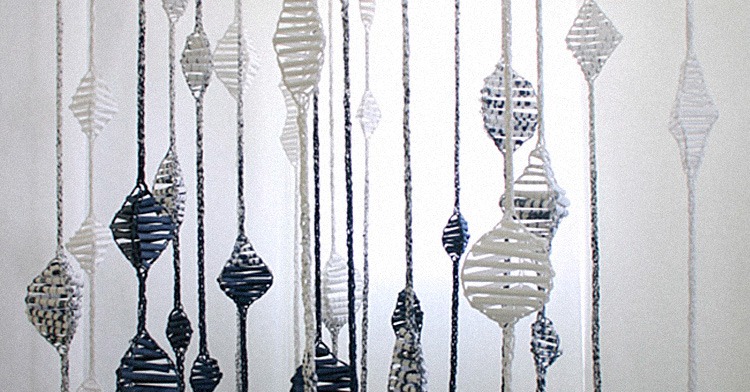
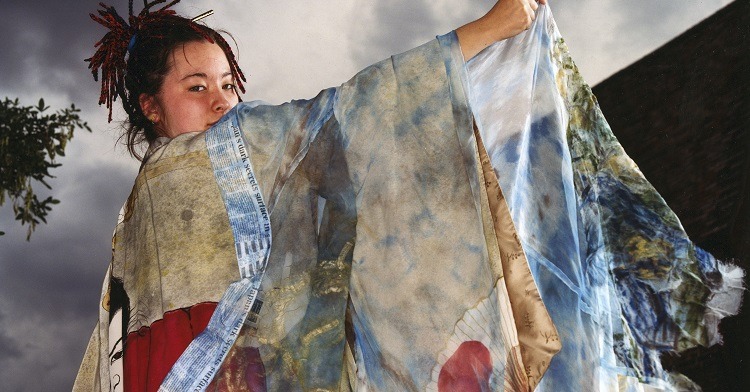
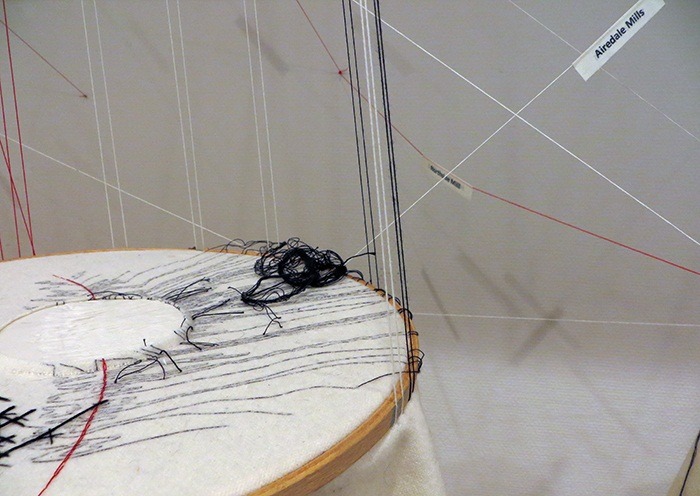
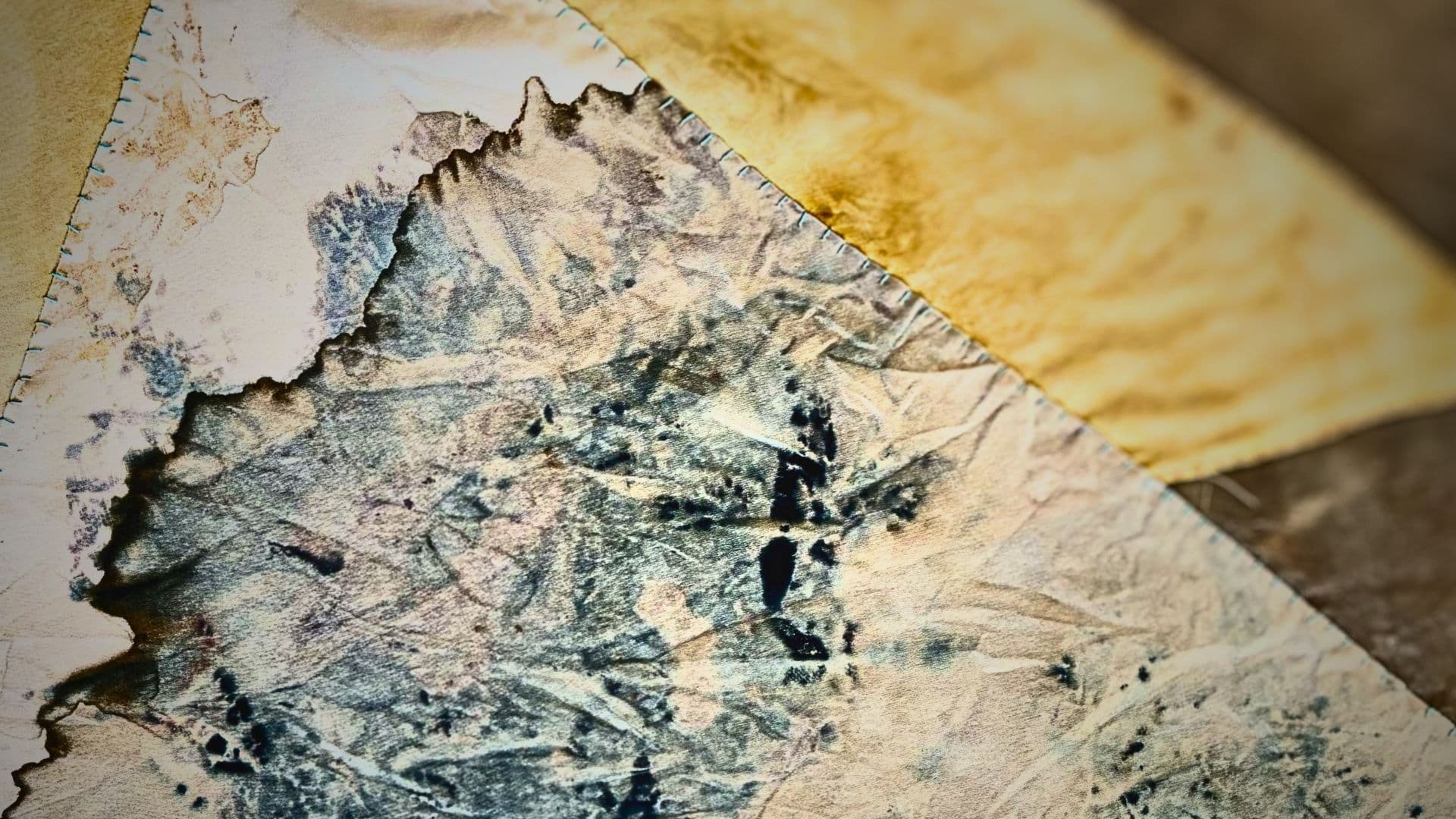
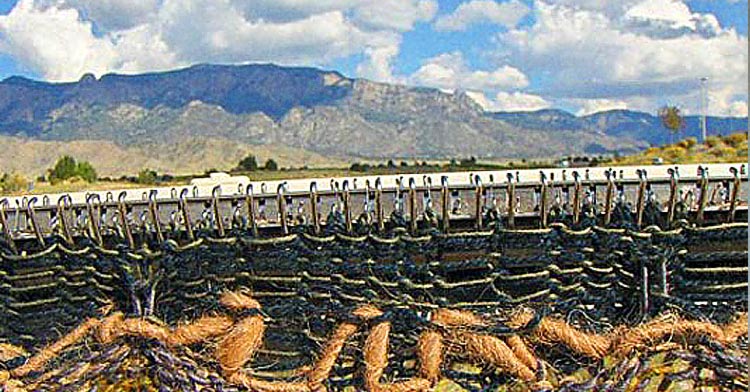
5 comments
Susan Anderson
Very interesting stitch work
Love the crafting
Amanda Trought
I have recently got into slow stitching and its what got me through 2020 and the world wide changes. It excites me the things that you can do with fabric and continue to look for ways to express, thanks for sharing the interview.
Tania Taterka
Genius
Carol Fagan
In October 2017 I embraced a daily art practice which I called October 2017. It was an exploration of “used household materials such as tea bags and coffee packets that were slow stitched with meditative practice. The process was to complete one square a day though I didn’t quite keep to that schedule. There were 31 individual pieces (days of October) and I mounted them with bead inserts in four rows of 7 (4 weeks). The final squares were attached at the bottom. I found the meditative approach was therapeutic and informative of my own art practice and making each square -each day – different was a challenge, representing the challenges we face as artist to constantly evolve in our art creations. I think this project cemented my interest in eco art using recycled, reused and repurposed items.
fancified.ca
Stewart Kelly’s textile work embraces all that we cherish in the stitching world. Thanks for generous sharing! @fancified.ca